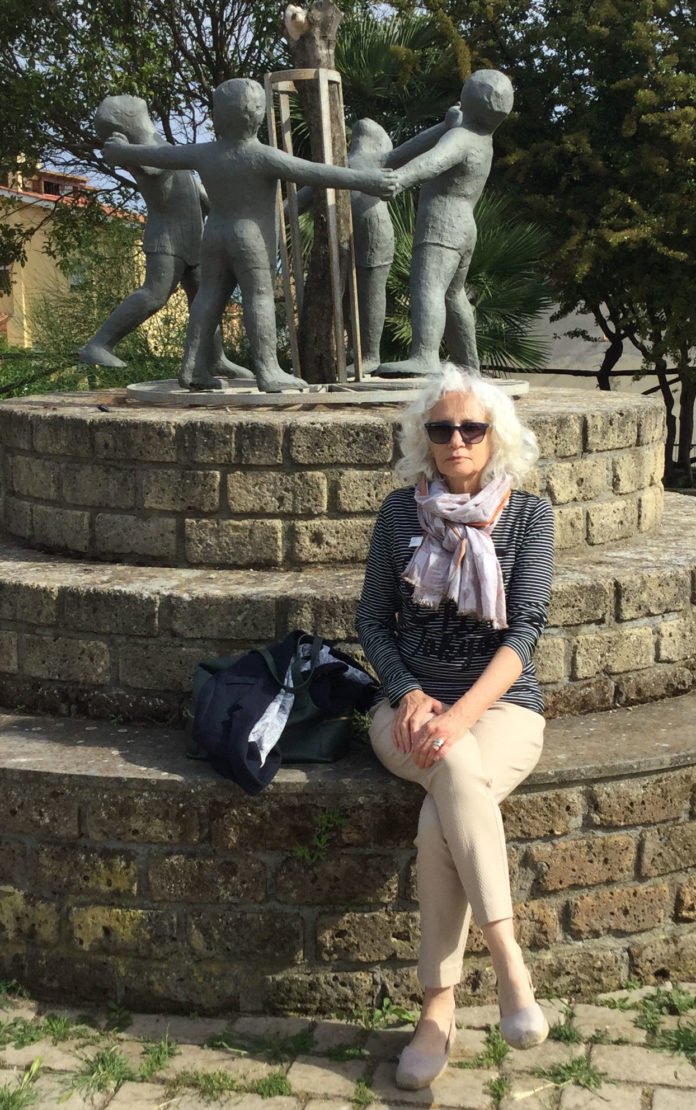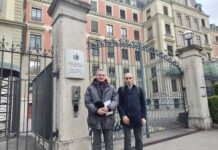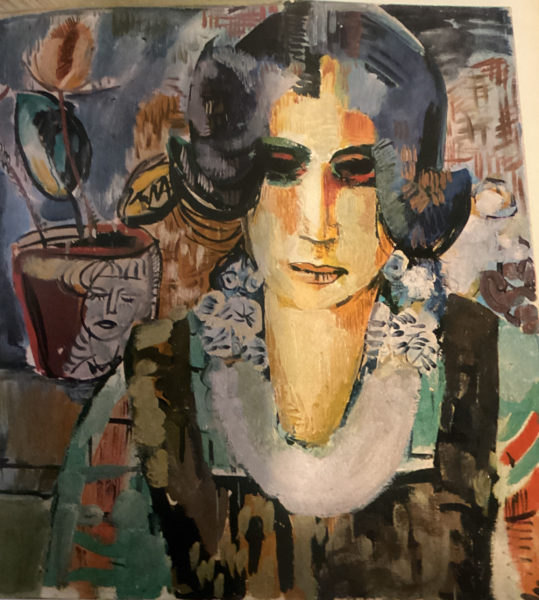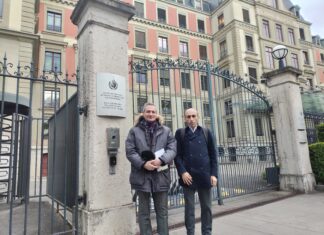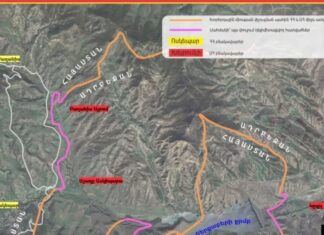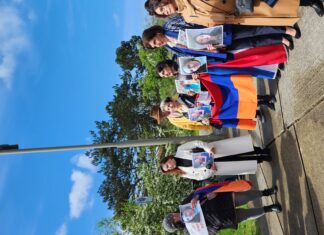YEREVAN/MONTREAL, Canada — All my life I have been fascinated by the literary heritage and colorful biography of the eminent Armenian writer of the 20th century, Kostan Zarian, as well as the unusual history of the Zarian family, by their multiculturalism, various talents and far-flung geography.
The offspring of this family now lives in various countries, from Italy to Ukraine, from Thailand to Canada, from Cyprus to South Africa. My subject is one of them — Sirvart Zarian — a teacher, poet and artist. The eldest of the four children of Kostan Zarian’s second son, architect Armen Zarian, Sirvart has lived on four continents. She was born in Morocco (Tangier) and spent her childhood in Italy (Rome) and her adulthood in Soviet Armenia (Yerevan). She lived and worked in Africa (Ethiopia, Egypt, Sudan), and is currently based in Canada (Montreal).
Dear Sirvart, this interview with you is very exciting for me. Kostan Zarian is my favorite Armenian writer; I have read and reread him constantly since the age of 20. One time, your father said that Zarian was a persecuted writer in his own country, since his works were barely published in Armenia. Thank God, those years have passed, although some of Zarian’s works still need to be brought to light. You were 17 when Kostan Zarian passed away. What memories do you have from your grandfather?
My grandfather Kostan used to travel a lot. During my childhood years in Italy, he came a couple of times to Rome, where our family lived, with his wife, American artist Frances Brooks. While in Rome, he stayed with my aunt, sculptor Nevart Zarian, and her family. Kostan was busy meeting his fellow writers and artists at the cafes along via del Veneto or dropping at Nevart’s art gallery “La Cassapanca” in via del Babuino corner Piazza di Spagna. Armen, my father, who was often at the cafés of via Vittorio Veneto with his father Kostan, penned in his diary this remarkable meeting between him, Kostan and Glauco Viazzi. Viazzi was a well-known literary critic and personality in the circle of Italian writers. Despite his Italian name, he was Husik Hovsep Ashrafian. Viazzi used to write speeches for Cardinal Aghajanian for his official visits to the Vatican and elsewhere. Soon, one of Kostan’s old friends joined: Anton Giulio Bragaglia was well known as a theatrical critic, founder and artistic director of the company “Independent Theatre.” Bragaglia turns to Viazzi and says, “Why don’t you write about Kostan Zarian’s poem ‘Three Songs?’ Do you know that T. S. Eliot wrote his “Murder in the Cathedral” inspired by that poem, particularly from “The Voices in the Church” section?
Throughout his stays in Rome, Kostan used to meet Takuhi, his first wife. She was his best literary adviser, and Kostan was always eager to get her opinion. At one point, Takuhi and Clara Carlini translated the novel The Ship on the Mountain into Italian, but I have never seen it. Clara Carlini was the only daughter of Anna (Takuhi’s sister), and Carlo Carlini was an official of the Italian army tragically killed in the battle of Asiago during World War 1.
Whom I remember well in Italy is my grandmother Takuhi or “nonna,” as we usually called her. She spent most of her last years in Cincinnato, a small village on the shoreline of the Tyrrhenian sea. My father Armen did the project and provided the manpower to build it. It was a small villa, and Takuhi named it “Villa Sirun” (beautiful in Armenian). At that time, the place was pretty wild; it had just a few scattered sandy paths edged by thick blackberry bushes. A strong smell of salt and rosemary announced the closeness of the sea. Takuhi’s villa had also a big garden and a huge eucalyptus tree with a typical cement table underneath, made with lots of sea shells. We used to spend happy summer vacations with her. Our cousins Rusan and Haik would often join us from Vienna. For two months, the house would be full of laughter and giggles, especially when we tried to understand our German-speaking cousins with their Austrian dialect! As a special gesture, Takuhi would play for us on her piano some of her favorite pieces by Bach and Chopin.



